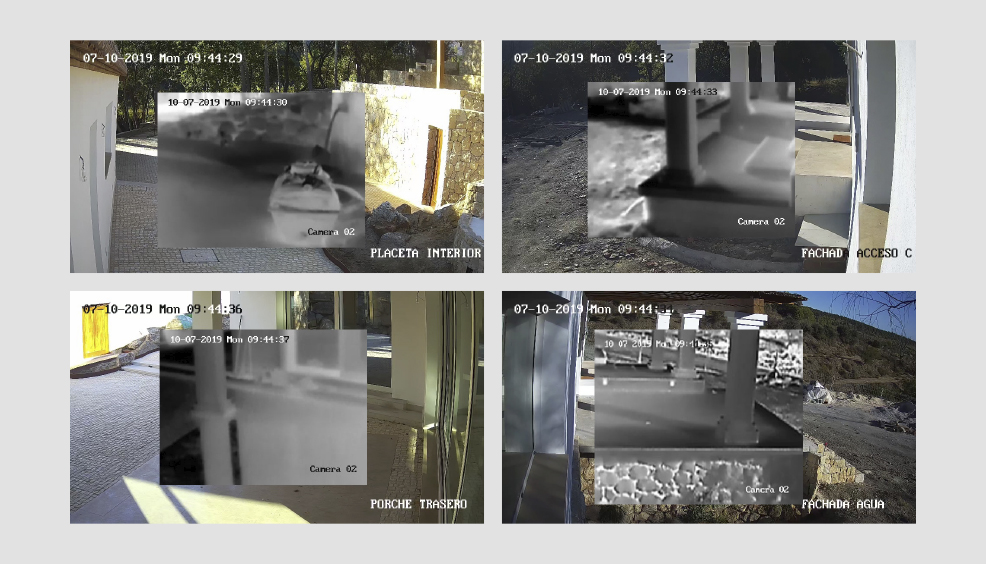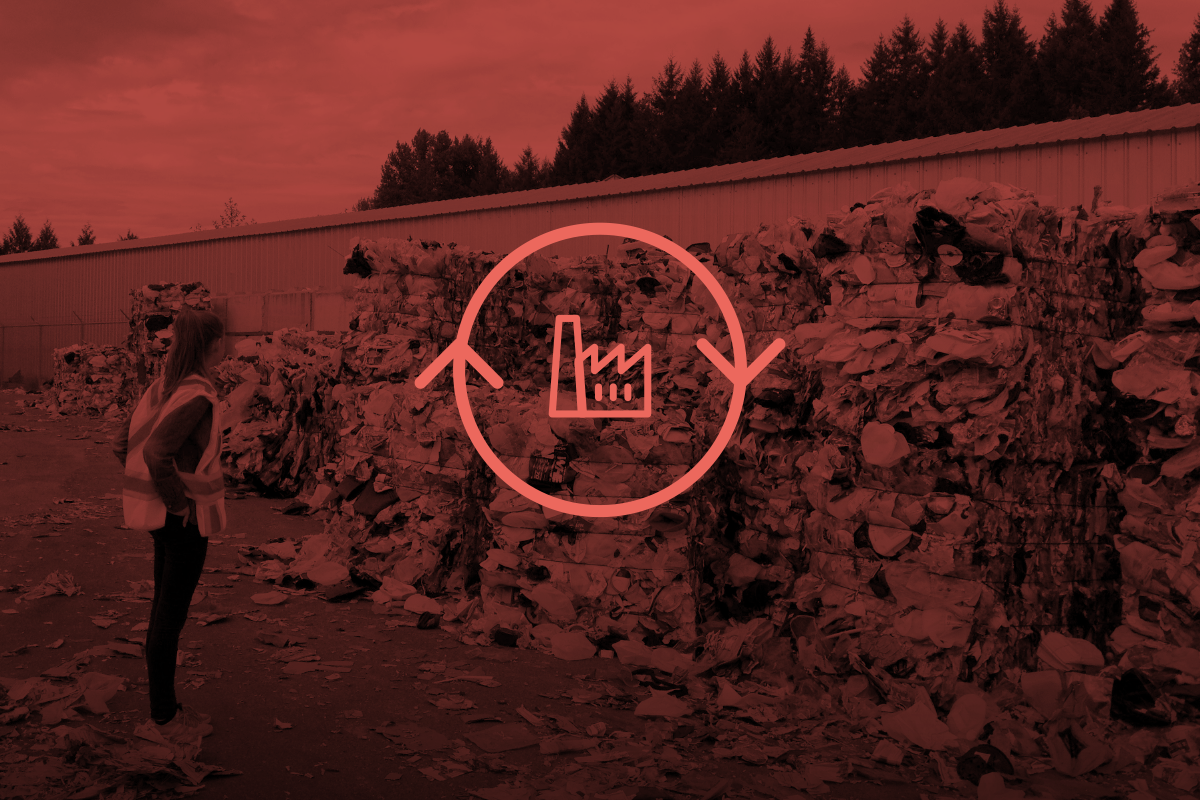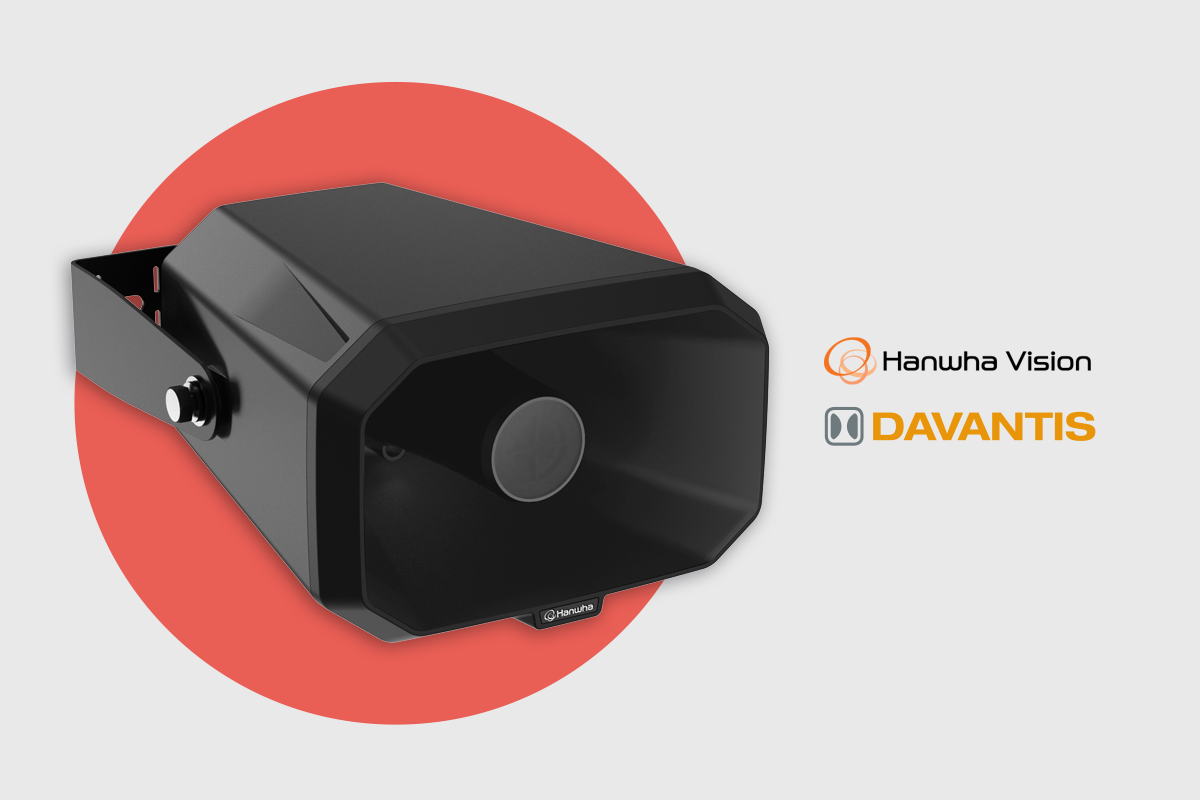The appearance of dual cameras in the CCTV security sector has brought about a change in image recognition and analysis. The so-called dual-spectrum cameras combine thermal and optical vision in order to achieve maximum effectiveness in perimeter protection projects. Optical and thermal sensors give immediate access to images and guarantee detection in all types of environments, even at night and in adverse weather conditions. They are competitively priced “two-in-one” cameras, which are now widely used in the perimeter security sector.
When choosing CCTV cameras for a security project, it is essential you know all the technical features and functionalities. Some manufacturers allow a “combined” video stream, i.e. through the dual combination of thermal and optical sensors. For this type of camera there are considerable differences in the resolution of the thermal sensors depending on the camera model. Some models have low resolutions of 160 x 120 pixels for example, while higher resolution cameras are more suitable for analytics with, for example, 384 x 288 pixels.
In the case of visible (day/night) sensors, they have higher resolution and in a real installation the main video stream tends to be used to record images on a DVR/NVR, while the secondary stream is configured for video analytics.

What to consider when choosing the thermal module for analytics?
Simple: the resolution. This pixel criterion can be decisive depending on the distance at which you want to detect. The secondary video stream of the visible module is usually always sufficient for reliable analytics, but the type of lens must be selected according to the detection distance and, crucially, the way the scene is lit at night. It should also be noted that day/night module lenses are usually varifocal lenses that allow for zoom adjustment. Thermal modules are usually fitted with a fixed lens which, depending on the model, may have a different focal length in each case.
The main purpose of installing these dual cameras is to allocate each lens to a different function, e.g. use the visible channel for high quality viewing and recording, and the thermal channel for the security system. The advantages of thermal cameras in video analytics are that they are good for detection at long distances, do not require supplementary lighting and offer privacy to the end customer as no facial recognition is allowed.
How do I access the thermal channel with DFUSION?
One of the main queries we receive in the DAVANTIS support department is how to access the “thermal” image of the camera. When a Dual camera is added to the DAVANTIS system, the “Visible (Day/Night)” image will appear by default, which corresponds to channel 1, and to select the “thermal” signal, channel 2 must be selected. As well as selecting channel 2, you should access the camera’s website and check the configuration of the secondary stream. The recommended settings are: VGA resolution (640 x 480), 15 frames per second and 768-1024 kbps.
Dual cameras combined with our video analysis system allows clear identification of each event in the scene, guaranteeing accurate perimeter protection against intrusions. At DAVANTIS we are committed to an expansive policy of total integration with the main hardware manufacturers to guarantee maximum protection. Contact us to improve the configuration of your dual spectrum cameras with our intelligent video anlaytics DFUSION!






